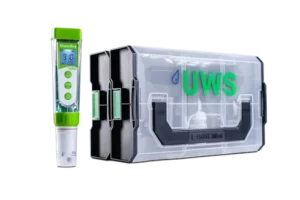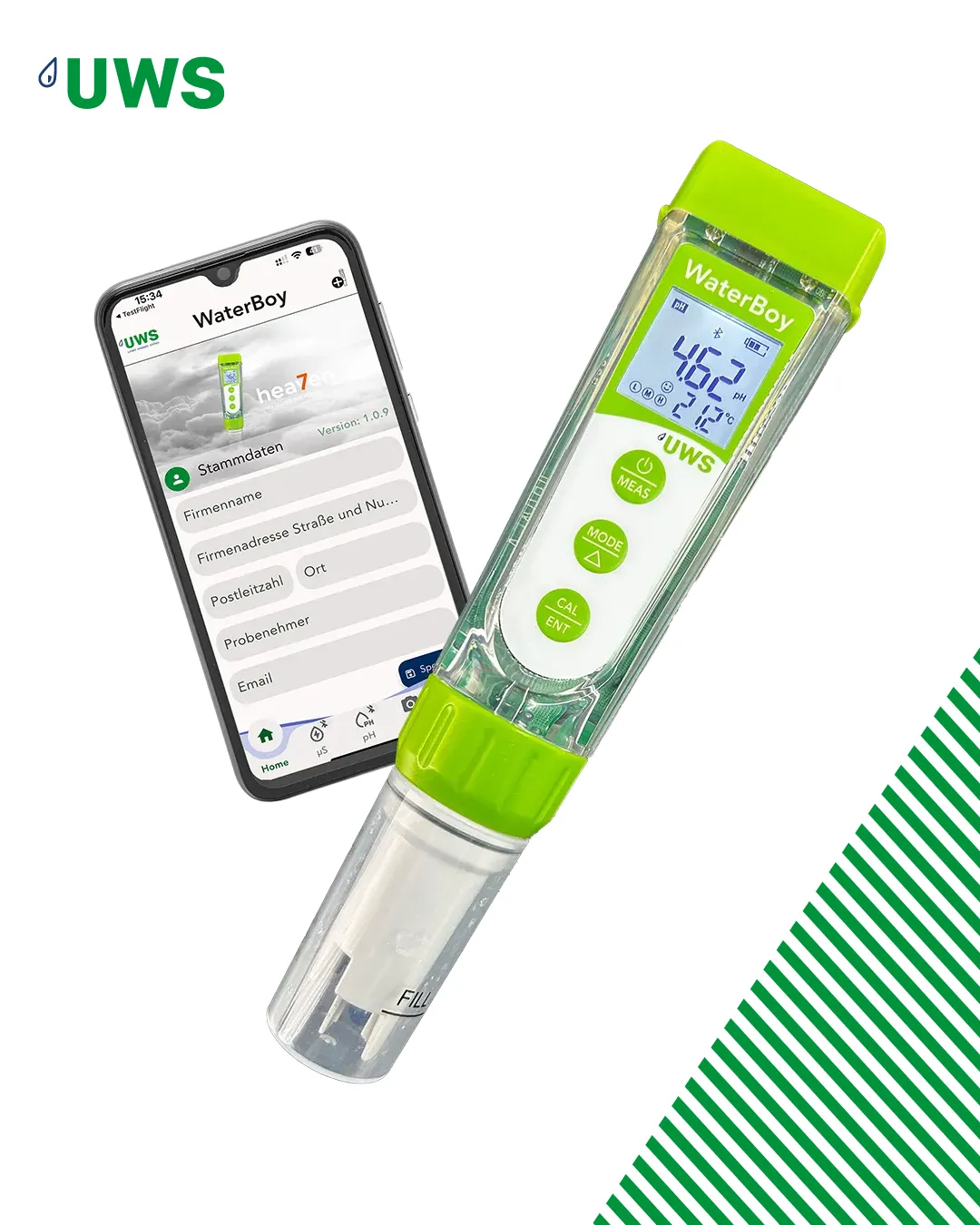Digital measurement technology for HVAC professionals: analyze heating water precisely – document in accordance with standards
Regulations such as VDI 2035 provide clear specifications – but what use are limit values if they are not measured or documented in everyday life? Modern measurement technology provides real relief here.
The requirements in the HVAC trade are constantly increasing – not only technically, but also in terms of regulation. At the same time, many companies lack the time and specialists to consistently analyze and document heating water in accordance with standards such as VDI 2035, ÖNORM H 5195-1 or SWKI BT 102-01.
Heating water treatment in particular shows that anything that is not precisely measured and fully documented remains a risk. Corrosion, limescale precipitation and loss of warranty are often the result – with expensive consequences for operators and specialist companies alike.
Why measuring alone is not enough
Many companies still rely on simple test strips or individual measuring devices without a documentation function for water analysis. However, although these can be used to detect gross deviations, they do not provide a legally compliant, traceable record. And this is exactly what manufacturers and customers are demanding today.
The solution: digital, app-supported measuring devices such as our WaterBoy. The compact device measures the pH value and electrical conductivity precisely – and connects to an intuitive app via Bluetooth. This guides the user step by step through the entire process: calibration, measurement, interpretation and logging.

WaterBoy measuring case
The UWS WaterBoy measuring case contains everything the HVAC specialist needs to measure data in accordance with the VDI 2035, ÖNORM H 5195-1 and SWKI BT 102-01 standards in two L-BOXXES.To the product
The most important parameters at a glance
- Conductivity: Indicates the salt content in the heating water – a decisive factor for corrosion risks. VDI 2035 specifies clear limit values (e.g. < 100 µS/cm).
- pH value: Determines the corrosiveness. Values between 8.2 and 10.0 are considered optimal – 9.0 must not be exceeded for aluminum.
- Total hardness: Decisive for limescale formation. Important: The hardness must never be derived from the conductivity – only a direct measurement provides correct values.
- Oxygen: Catalyst for corrosion. Target value <0.1 mg/l, measured at <50 °C directly at the system.
Conclusion: Measured values become decisions
Digital measurement technology such as the WaterBoy not only provides precise data, but also immediately converts it into actionable knowledge – compliant with standards, traceable and audit-proof. This means that water analysis is no longer a stumbling block, but a real competitive advantage for HVAC companies.



